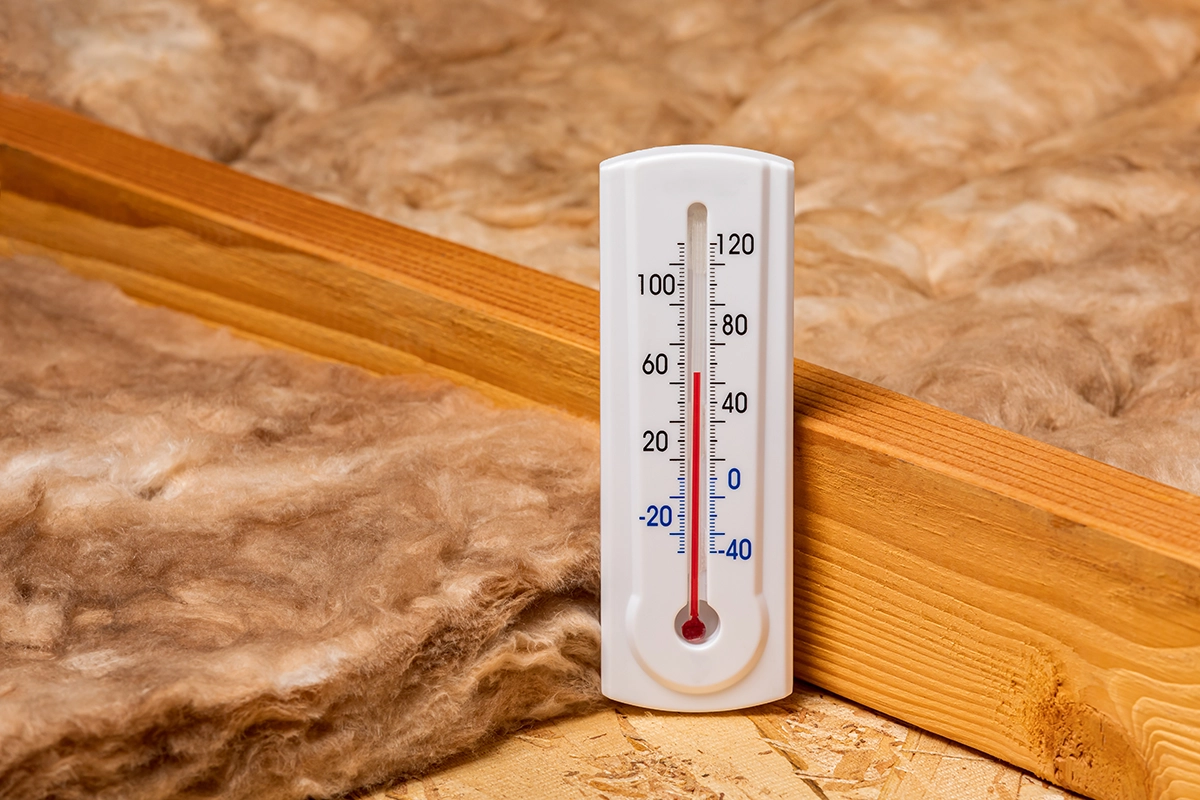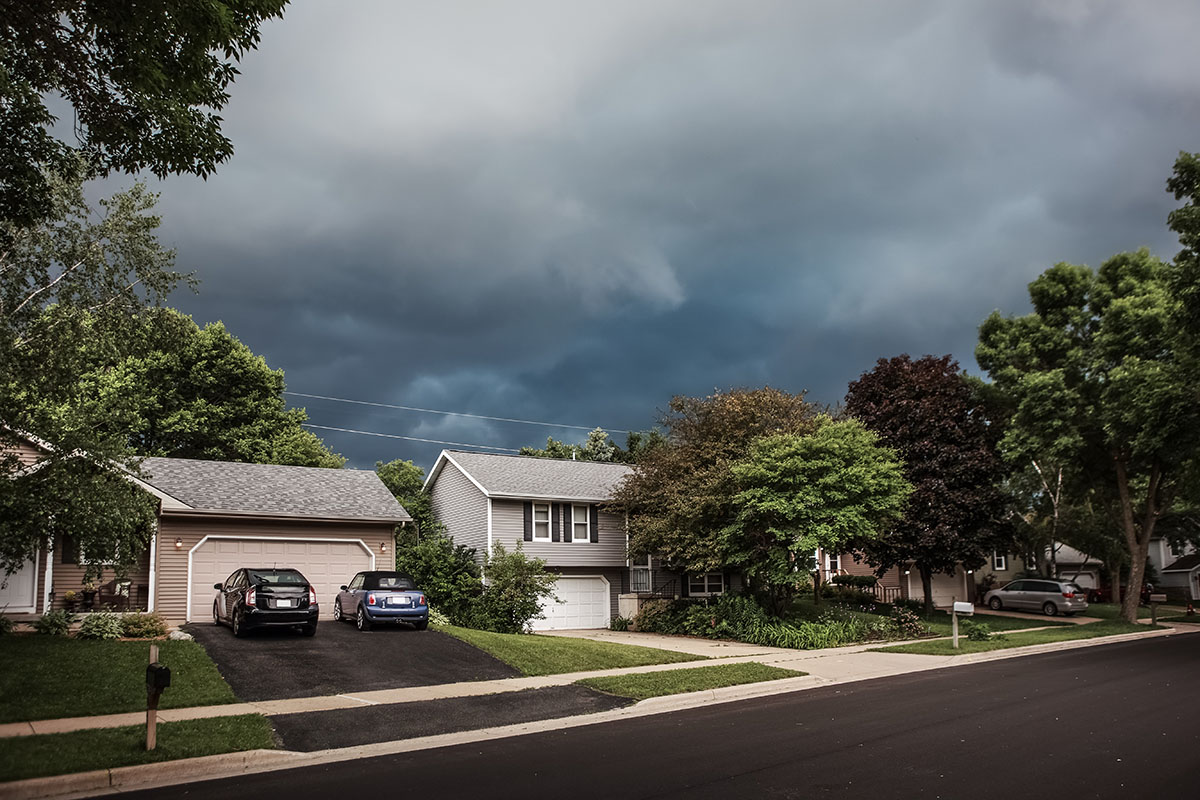Summary
Because the pitch of the roof determines the type of roof that you can install on your home, you may be forced to make your decision based on this information. For instance, the pitch of the roof is a ratio that helps to determine the type of roof that should be installed on your home. And, based on this ratio, you may be required to install a standing seam metal roof or a rolled roof.
What is Roof Pitch
Pitch is the slant, angle or the slope of your roof
The roof pitch ratio is composed of 2 distinct numbers. It is a ratio that can be shown as follows:
2/12 or 7/12
2:12 or 7:12
In either case, this ratio has a denominator and a numerator
Numerator:
The first number is the numerator. This number is the height (vertical) measurement of your roof.
Denominator:
The second number is the denominator. This number is the length (horizontal) measurement of your roof. Special hint: the denominator will always reflect 12.
How to Calculate Your Roof Pitch
To calculate the roof pitch on your home, you may want to follow the steps that our chicago roofing services team have provided below.
Step 1: Hold your Level with one end laying on the roof.
Step 2: Lift up the other end of the Level in the direction of the roof’s slope.
Step 3. As the end rests on the roof (highest point), it needs to be higher than the end that you are holding.
Step 4: Lower or raise the level until you see a reading
Step 5: From the end that touches the roof, measure out 1 foot.
Step 6. From the 1 foot point to the roof, measure down to the roof.
Step 7: If the measurement that you get is 4 inches, your roof is a 4:12 pitch and so forth.
How to Calculate Roof Pitch from a Ratio
It is also important to note that the roof pitch is just a ratio. It’s purpose is to show how much rise is in your roof, particularly as it relates to the number that is over a 12 unit horizontal distance. Here are 2 examples of this calculation that your roof repair company representative can assist you with applying to your particular situation.
Example 1:
5:12 or 5/12 ratio means every 12 horizontal feet the roof adjusts 5 feet in vertical height
Example 2:
8:12 or 8/12 ratio means every 12 horizontal feet the roof adjusts 8 feet in vertical height
Typically, the ratio of the average home can range from 4/12 to 8/12 with the first ratio equating to a moderate pitch and the latter ratio equating to a fairly steep pitch. And, there are other examples of roof pitches that tend to be more extreme in slope range, including the following:
¼::12 means the slope is almost flat
12/12 means the slope is at a 45 degree angle
Roof Pitches and Roofing Materials
Because there are a variety of roof styles in different areas of the country today, the roof pitches can vary greatly, too. For instance, according to the latest information supplied by our chicagoland roofing contractors, the average home in the urban areas are normally shacks, industrial buildings and contemporary style roofing. The ratio that you find is often 1/12 to 3/12. Therefore, their overall roofing appearance is visually flattish, and they are most appropriate for the area that people reside in. Here are 5 different types that you may want to review.
- Built-up Roofing: Also referred to as BUR or tar-and-gravel, this modern day roof is made up of reinforcing fabrics and alternating layer of bitumen.
- Torch-Down Roofing: Heated and activated by a torch during the process of its installation, TDR is composed of one layer of membrane style roofing material.
- Rubber Membrane: Applied to the roof with the use of mechanical anchors or glue, EDPD, is considered to be a true rubber material that stands for ethylene propylene diene monomer.
- Standing Seam Metal: Joined together in a raised seams design, this roof is made of both steel and aluminum joined together. Made for roofs that have a much steeper incline, specifically for those that have a pitch ratio of .25/12.
Low Roof pitches 2.5/12 to 9/12:
For pitch roofs of 2.5/12 to 9/12, the requirements are as follows: Double underlayment with cement or clay tiles
Ratios above 9/12, however, cement is not recommended because of its very steep roofs that will eventually rattle
Normal or Moderate Roof Pitches (Pitch ranges from 4:12 to 12:12)
A significantly large number of residential roofs are often grouped into this class of roofs. This is primarily because these roofs are usually in the middle of the road in pitch ratios (4:12 to 12:12), meaning their pitch is not too steep nor too flat. Therefore, they can use the following roofing materials:
Composite (i.e. asphalt) shingles, Traditional 3 tab shingle
These roofing materials are often recorded as the most popular and flexible because they can easily adapt to numerous types of roof pitches.
High Roof Pitches 5/12 to 12/12
Slate and wood shingles do not lock tightly together enough to be used for high pitch roofs (5:12 to 12:12). This is mainly because these materials are a lot more susceptible to causing leaks in these roofing systems.
Very high Roof Pitches
Old houses in the Victoria era were usually angled quite sharply, and had a steep pitch of 18:12. These were also considered to be the rare roof pitch cases that had numerators higher than the denominator.
Roofing materials at a glance
As you can see, there are pitch range rules that are highly recommended for most roofing materials. Also, even though some of these rules may be broken in certain rare situations, you should not exceed the low range minimum specifications. For instance, here are some examples of exceptions to the pitch ratio guidelines outlined above.
Wood and slate shingles may work for a pitch ratio of 12:12. However, you should not use wood and slate shingles for a pitch ratio that is below 4:12.
BUR (Built-up): .25:12 to 3:12
Torch-down: .25:12 to 3:12
Rubber membrane: .25:12 to 3:12
Wood and slate shingles: 5:12 to 12:12
Composite (Asphalt) shingles: 4:12 to 20:12
Standing-Seam Metal: 1:12 to 19:12
Clay or cement tiles: 2.5:12 to 3:12
Selecting the Right Roof for your House
Contact Muller Exteriors for assistance and advice in selecting the correct roofing finish for your roof pitch. With help from our Chicago roof repair company, you’ll know you are making the correct decisions.







